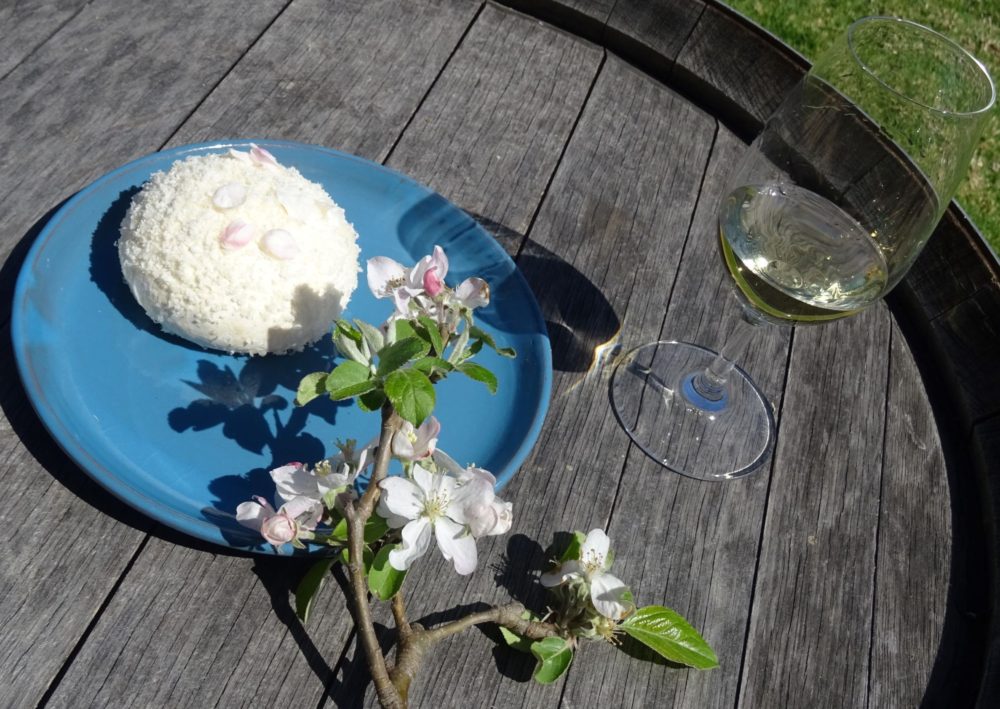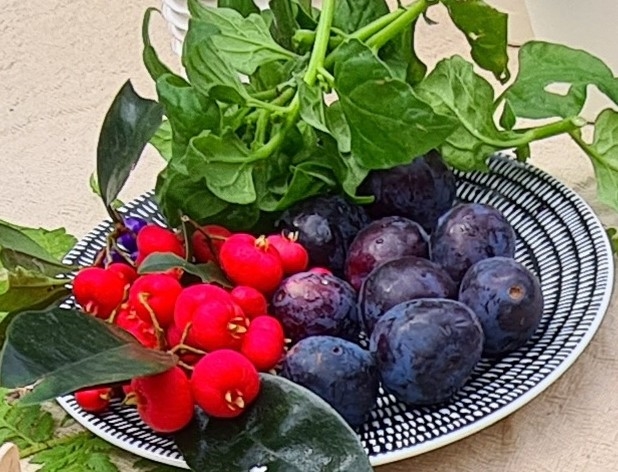By Neena Bhandari
Barossa (South Australia), (National Geographic Traveller India & Khaleej Times): South Australia has become a melting pot of culinary experiences from around the world, where chef’s inspired by the region’s rich heritage and strong traditions are serving up a smorgasbord of innovative dishes created from fresh seasonal produce with a very distinct local flavour.
The cuisine resonates with sensual local wines created by experimental winemakers, making this fourth largest Australian state a much sought after destination for passionate gastronomic travellers.
The state’s unique combination of soil, rainfall and climate has put it on the map alongside the Napa Valley, Tuscany and Bordeaux. It prides itself for its clean, green, fresh produce, which has encouraged a continual evolution of artisan producers, who are making new products by absorbing international influences and adapting to the local produce.

The world-renowned Barossa Valley, which has the longest unbroken lineage of winemaking and grape growing families, some in their seventh generation, is only an hour’s drive north-east of the state capital, Adelaide. It is most famous for its deep red, bold, robust spicy flavours of the Shiraz, and the subtle stone fruit flavours of the Chardonnay, the dry, austere Rieslings and the soft rounded berry flavoured Grenache.
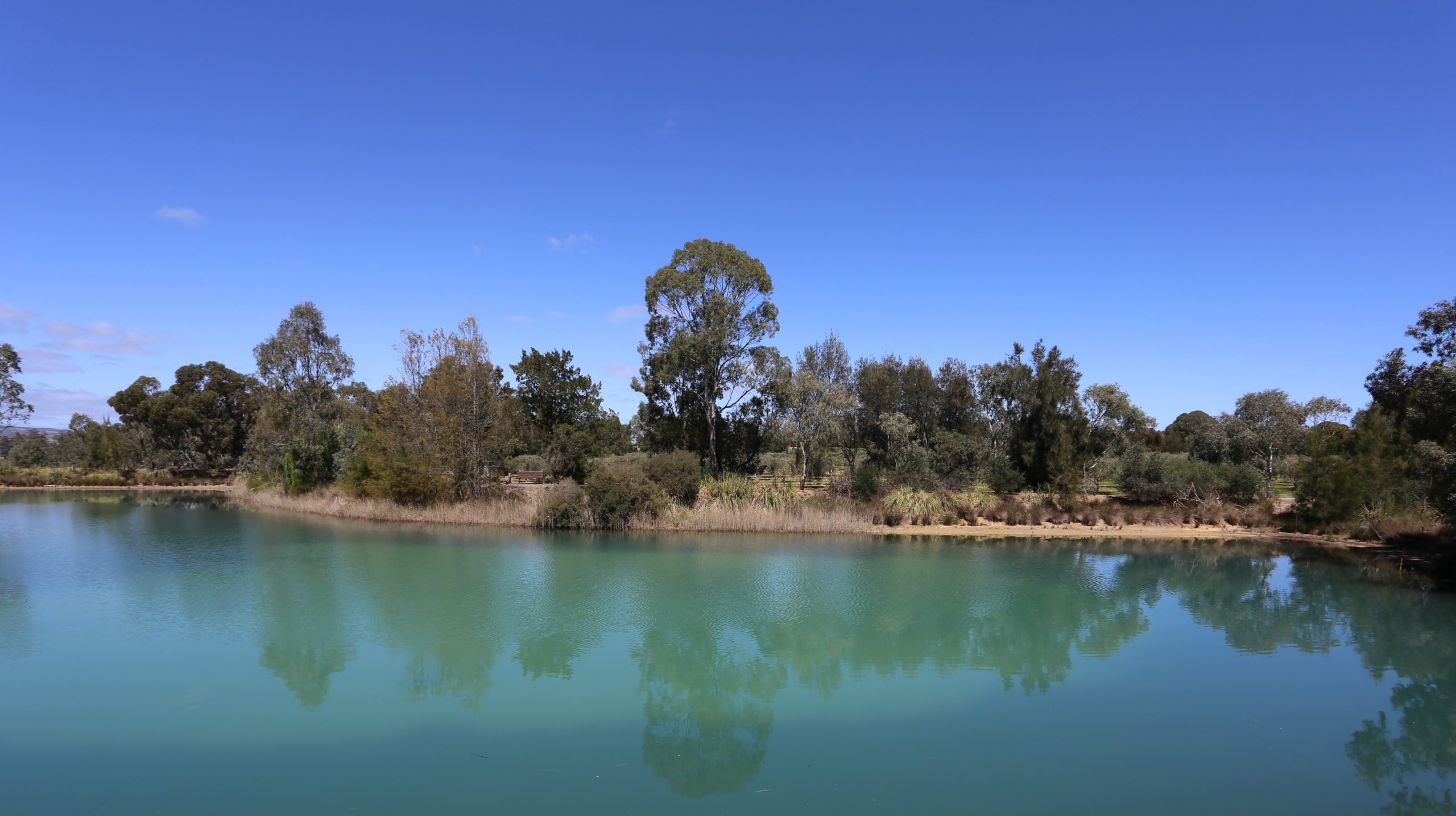
As we steer away from the city, the landscape changes quite dramatically. Wild rabbits and hare gambol across vineyards and paddocks; sheep laze on the green meadows across barley, wheat and canola fields; olive and fruit orchards come alive with pink, white and red blossoms. It is spring [September to November] and asparagus, globe artichokes, broad beans, peas and other vegetables abound.
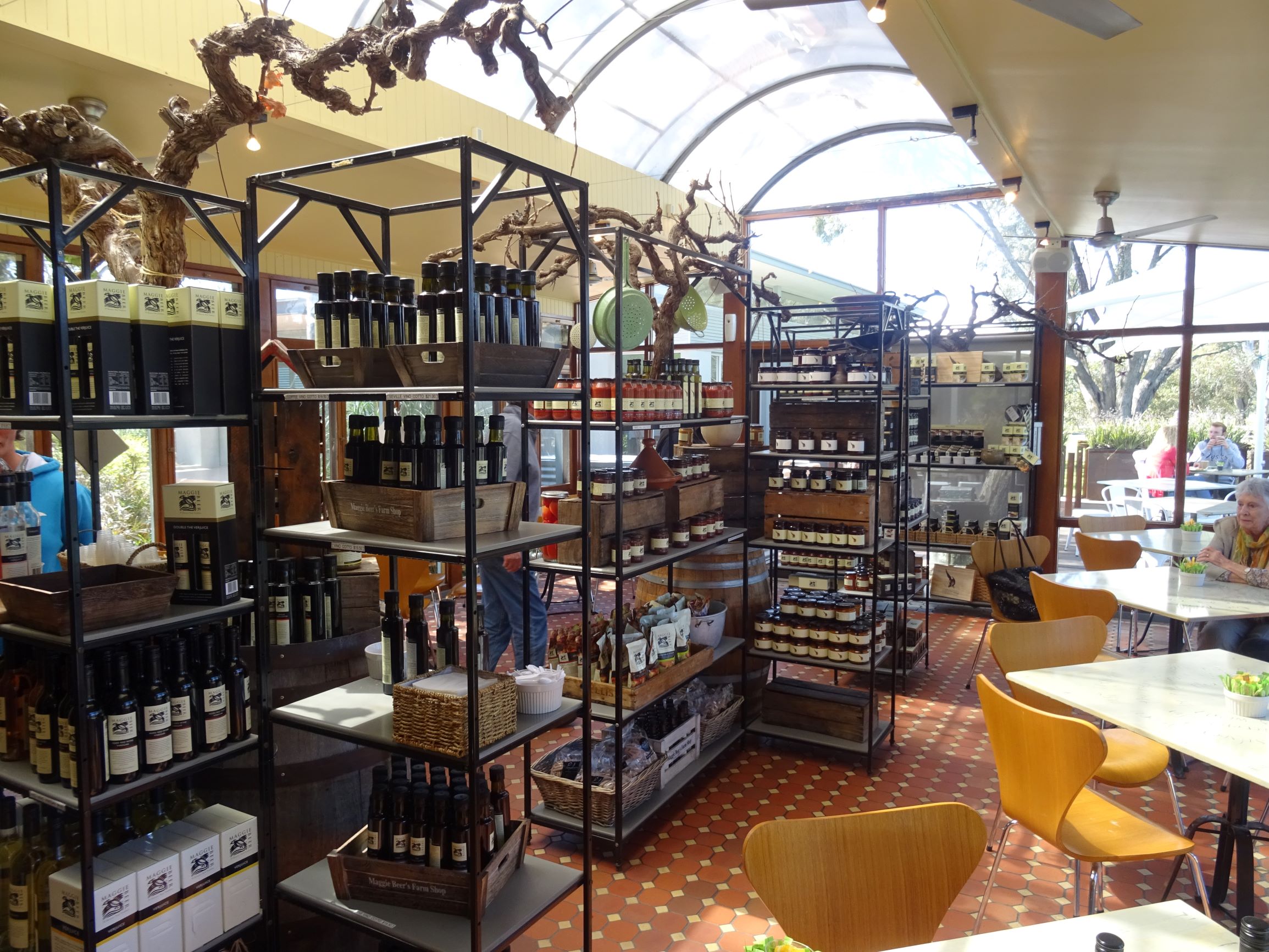
It is here that celebrity chef Maggie Beer’s journey into food began. Her `no frills’ Maggie Beer Farmshop at Pheasant Farm, located between Tanunda and Nuriootpa, sits on the side of a huge dam surrounded by native trees. An orchard of 2000 trees is just across the creek and the fruits from these trees are lovingly made into jams, preserves and ciders.

“It’s just a great foodie oasis where you can buy simple picnic food; a glass of our Barossa wine and sit and ponder. Our Mediterranean climate gives us wonderful produce where our farms are so close to the city that we have freshness on our doorstep no matter the season”, says Beer.

I taste the dried apricots in verjuice syrup, pickled quince and the tangy dried mustard pears. It is a good place to pick up simple picnic food, which one can relish with a glass of Barossa wine anytime, anywhere.
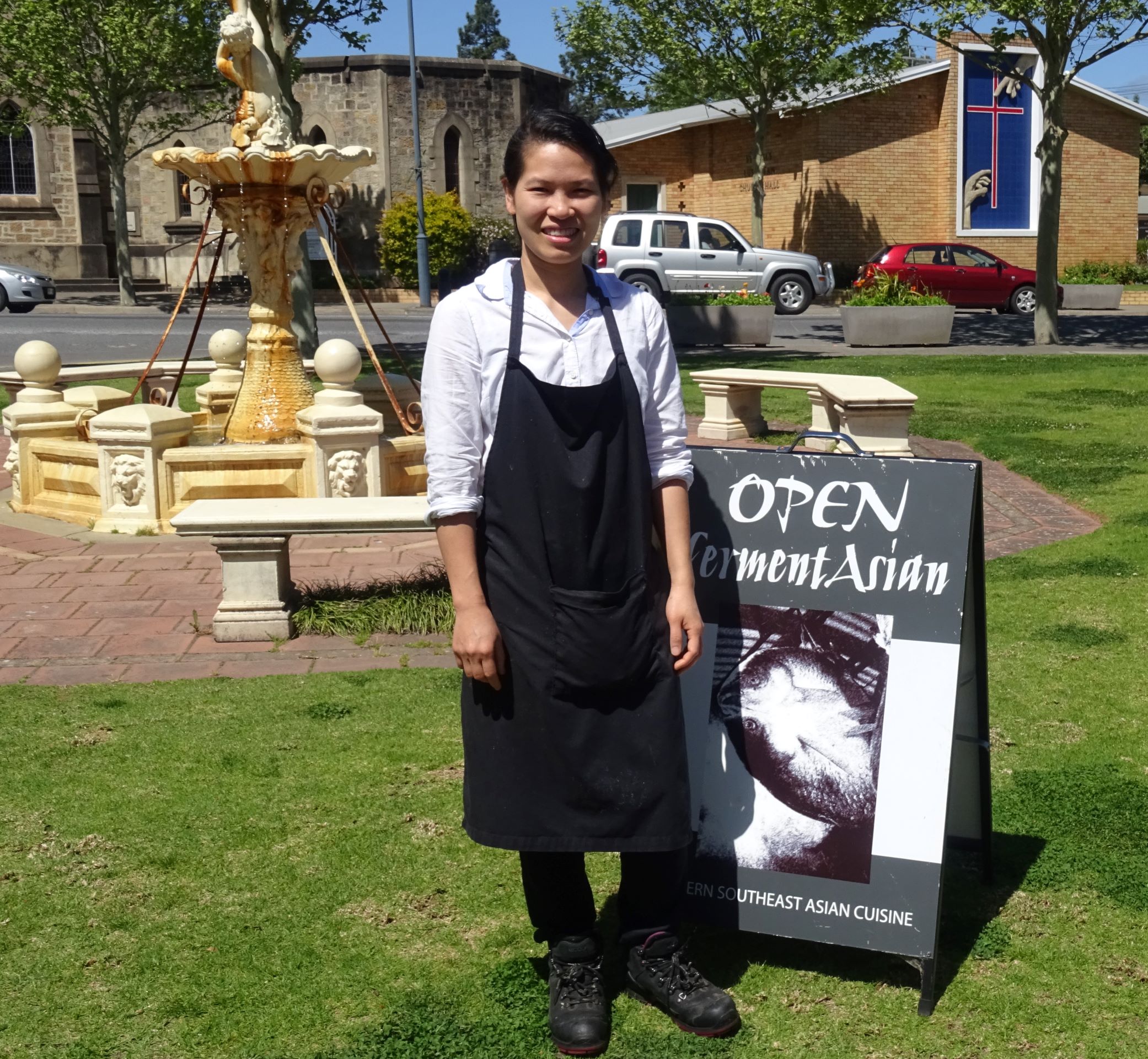
Nearby on Tanunda’s main Murray Street is the restaurant, fermentAsian, which has its roots entrenched in the chef and co-owner Tuoi Do’s Vietnamese heritage and dishes inspired by her favourite Australian restaurants serving south-east Asian cuisine.

We are warmly welcomed into this cosy and spacious restaurant, housed in a period Victorian villa. It is buzzing with tourists and day-trippers from Adelaide. A taste of the first dish from the six course degustation menu sets the tone for a sensory journey through the aroma of herbs and delicate tastes.

Tuoi can lavish guests with a small menu, which helps her turn produce over very rapidly. She tells me how Vietnamese cuisine, perhaps more than any other international cuisine, has always borrowed because of being part of China for a thousand years, then years of French colonisation and American interference, which has shaped the quintessential Vietnamese dining experience.
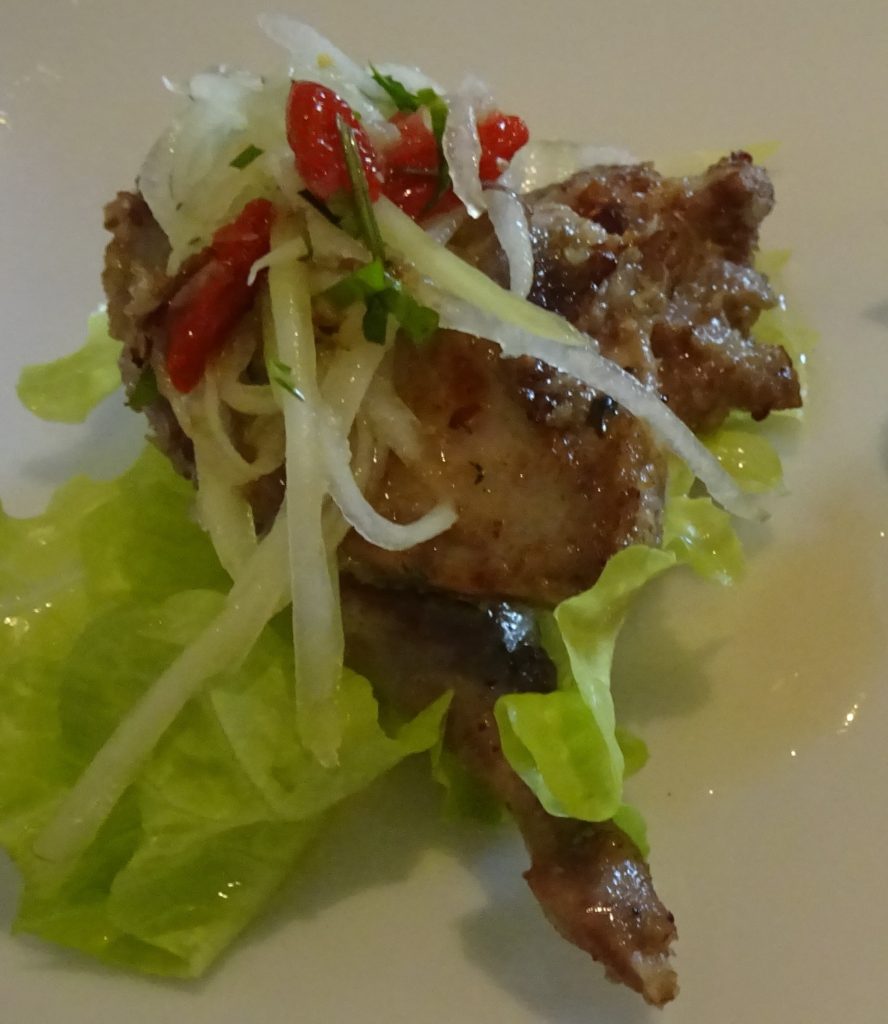
She says, “At fermentAsian, we continue to borrow as we stay true to the central key balancing act of lime juice / fish sauce / palm sugar but harness the quality of local Barossan ingredients”. Every menu item is made from scratch and she grows most of the produce, particularly the pungent herbs, in her own garden and consciously sources meats and other produce, wherever possible, from local farmers.

It’s the integrity, which sets the food here apart. As Hentley Farm’s young award winning executive chef and restaurateur, Lachlan Colwill tells me, “You may take a leaf from our recipes, but you cannot replicate the flavour and texture anywhere else in the world because we only use produce that grows naturally well in the Barossa Valley. It is Mother Nature that dictates our menu”.
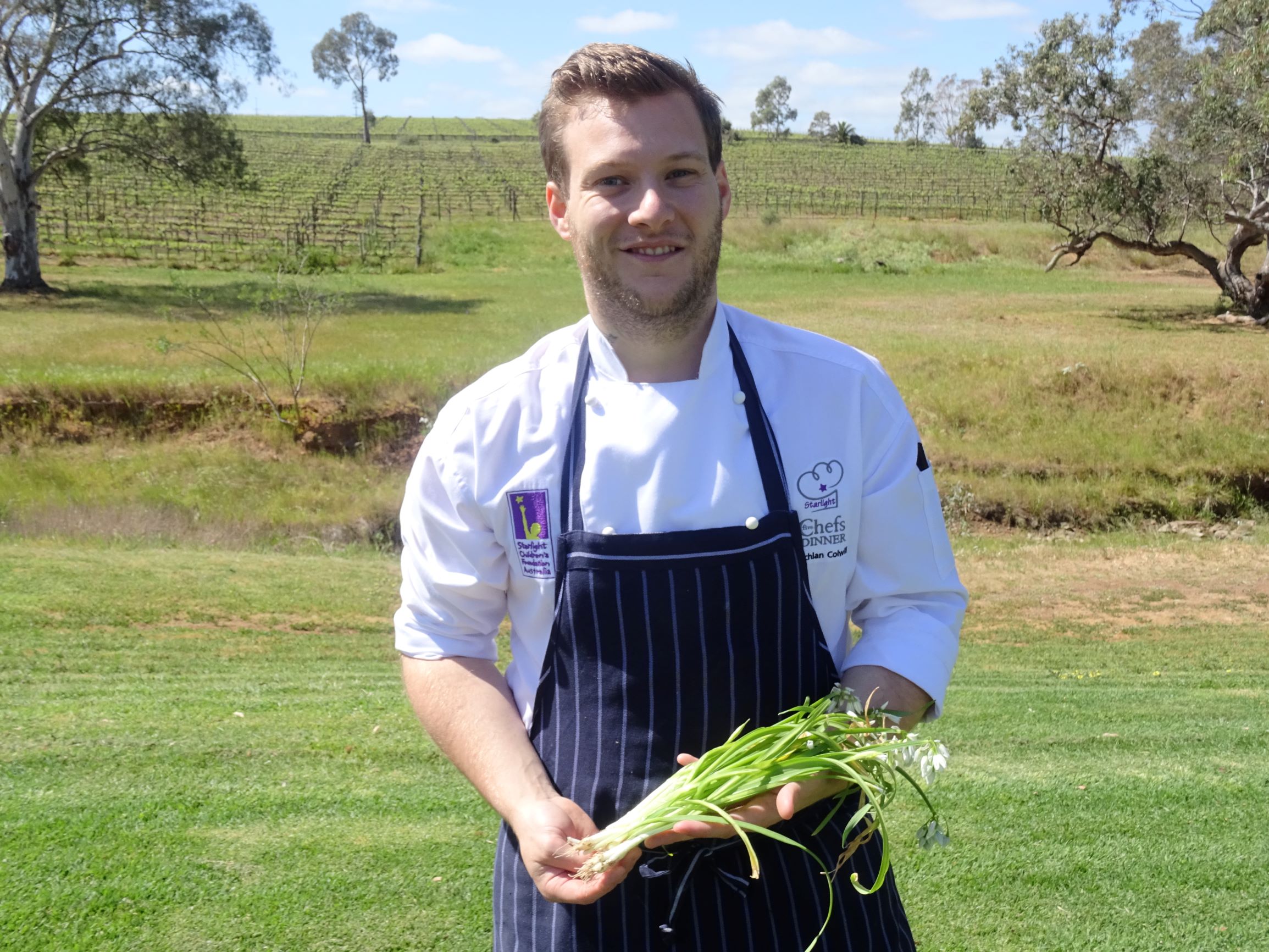
He is plucking wild onion from the Greenock creek [Seppeltsfield], flowing just behind the historic restored stone stables-converted boutique restaurant, for the lunch menu. The kangaroo with raw celery and wild onion entrée complements Hentley Farm’s soft tasting light apricot and stone fruit flavoured `Beauty Shiraz’. For desert, Lachlan is using fresh almond blossom from the trees and wild fennel meringue with Greenock jersey cream, which matches perfectly with their Sticky Botrytis Riesling 2013.

“We are leaders in sustainable seafood, especially the prawns, mulloway and Coorong mullet”, says Lachlan. Hentley Farm also specialises in classic single estate and single block wines. Its cellar door retains the original charm of the property’s 1840’s homestead.

Most vineyards have restaurants and at the Jacob’s Creek restaurant, the entire a la carte menu is changed seasonally. Executive Chef, Genevieve Harris tells me how the kitchen garden provides the inspiration for the menu. For example, the Pan fried free range Riverland duck livers with pickled beetroot and wild water cress picked from the Creek which goes well with Jacob’s Creek 2011 Earth Vine Grape Organic Montepulciano with ripe, red berry fruit characters with a dash of spice.
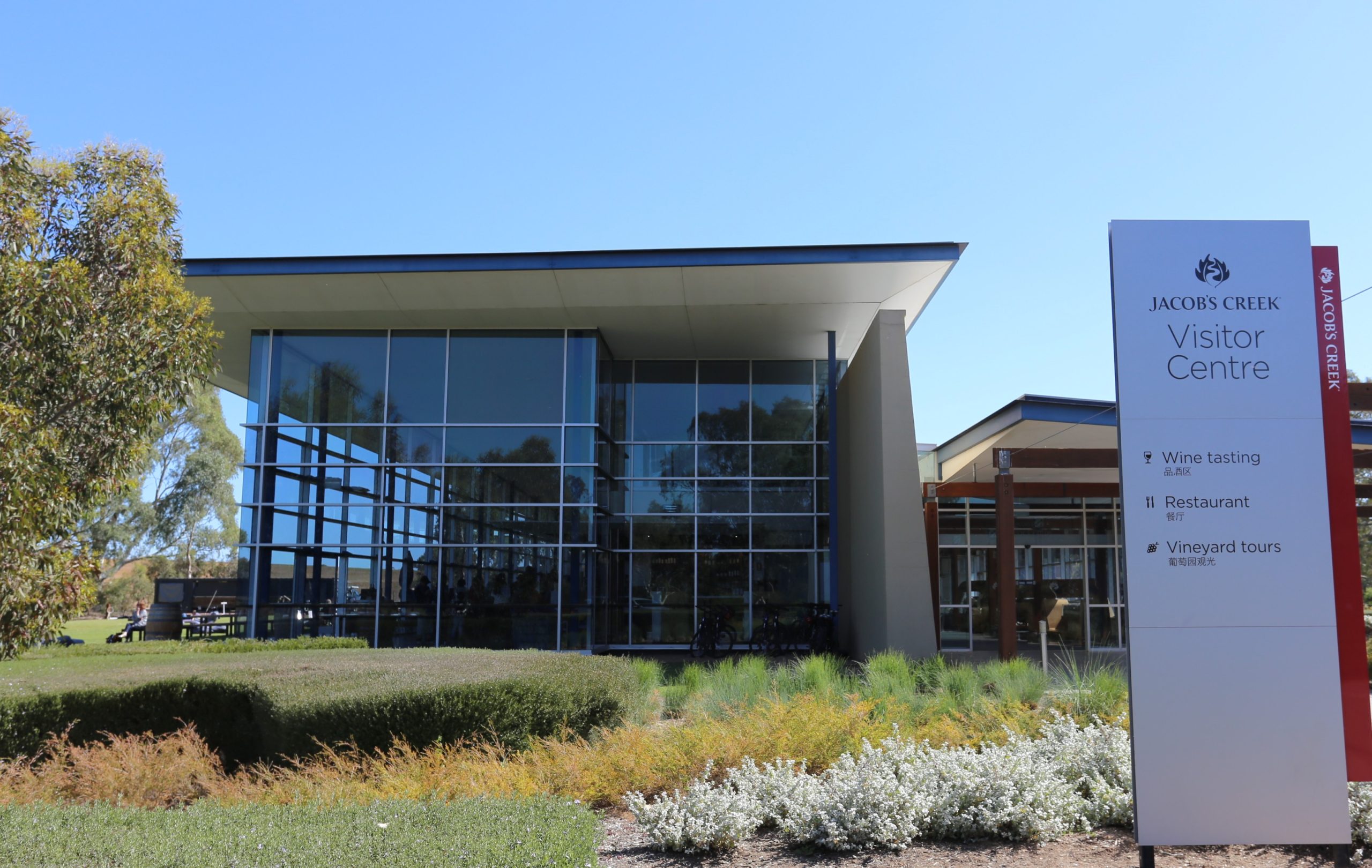
It was on the banks of Jacob’s Creek that in 1847 a Bavarian immigrant, Johann Gramp, had planted Barossa valley’s first commercial vineyard. In doing so he founded the Gramp & Sons business and began a history of winemaking innovation that continues today.
“Jacob’s Creek brand is well known in so many countries that visitors are always excited to learn that it is a real place with a genuine winemaking heritage,” says Chief Winemaker, Bernard Hickin. It is said over one million glasses of Jacob’s Creek wine are enjoyed every day around the world in over 70 countries.
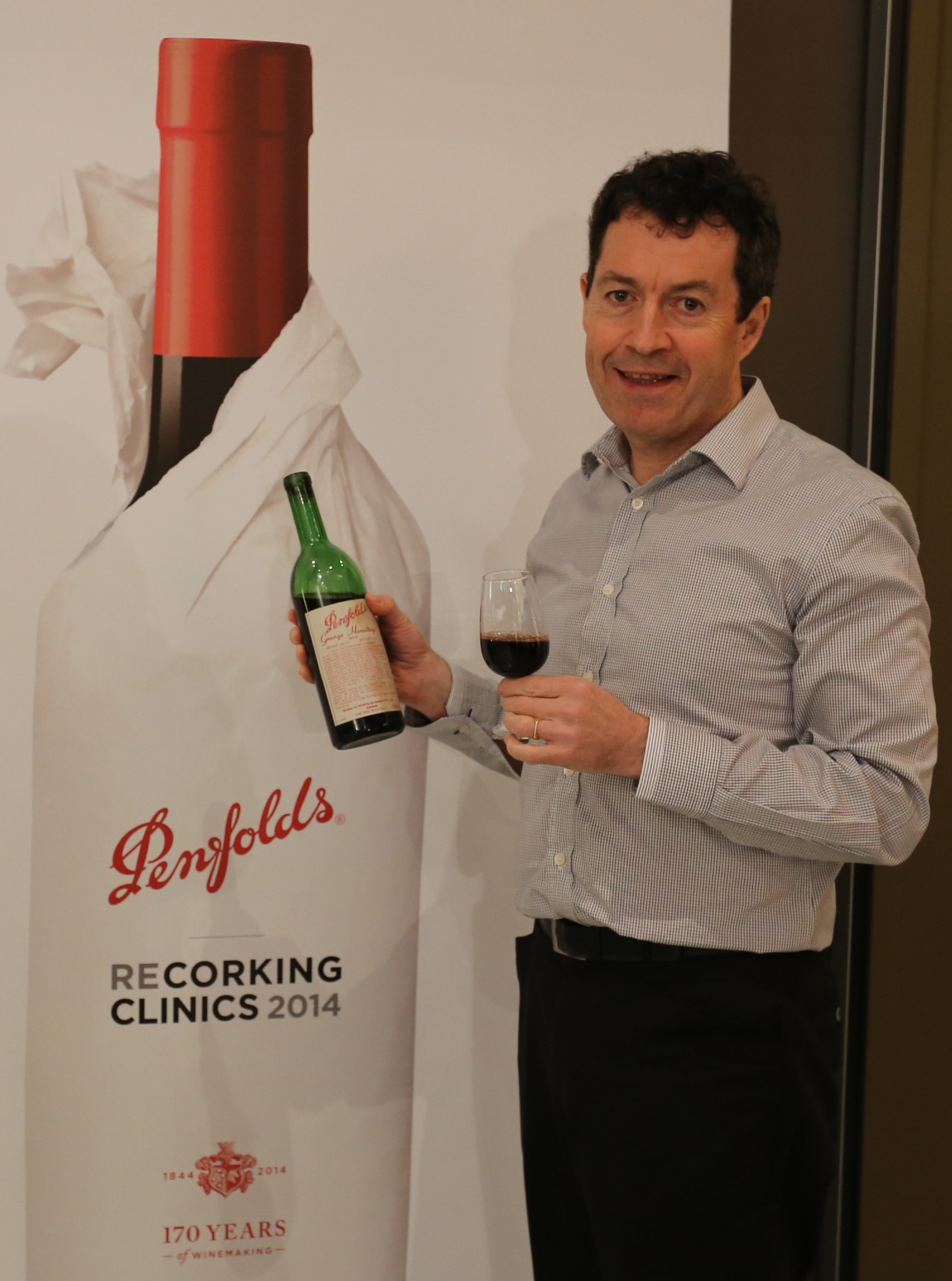
However, the oldest iconic Australian brand is Penfolds that reflects the country’s journey from colonial settlement to the modern era. It was established in 1844 at Magill Estate, eight years after the foundation of South Australia by free settlers. Chief Winemaker, Peter Gago tells me how the history of Penfolds is dovetailed with the history of the state.
The working winery is only eight km from the CBD and its most expensive and internationally acclaimed embodiment is the Penfolds Grange. Peter, who is only the fourth Chief Winemaker in the company’s modern history of winemaking, explains how young energetic Grange goes well with gamy, hearty dishes like wild boar or ossobuco and older, subtle vintages go well with quail or veal.
It is an experience to dine at the newly renovated Penfolds Magill Estate Restaurant, which is like a glass enclave amidst a tapestry of vines offering panoramic vistas stretching over the city and Gulf St Vincent on a clear day. Head Chefs, Scott Huggins and Emma McCaskill tell me his “complex preparations are never complicated on the plate or palette”.
They explain the complex procedure in preparing the crab, artichokes and finger limes dish on the dinner menu. Live mud crabs are placed in a saltwater kitchen tank. Each night, about an hour before dinner, the crabs’ body parts are separated based on size and shell thickness. Each part is cooked separately at different temperature for a specific duration. They’re then rapidly chilled and the meat is carefully picked from them. The picked crab is served with shaved raw artichokes, which are sliced to order along with native Australian finger lime and bronze fennel grown in the kitchen garden and sunflower seeds.
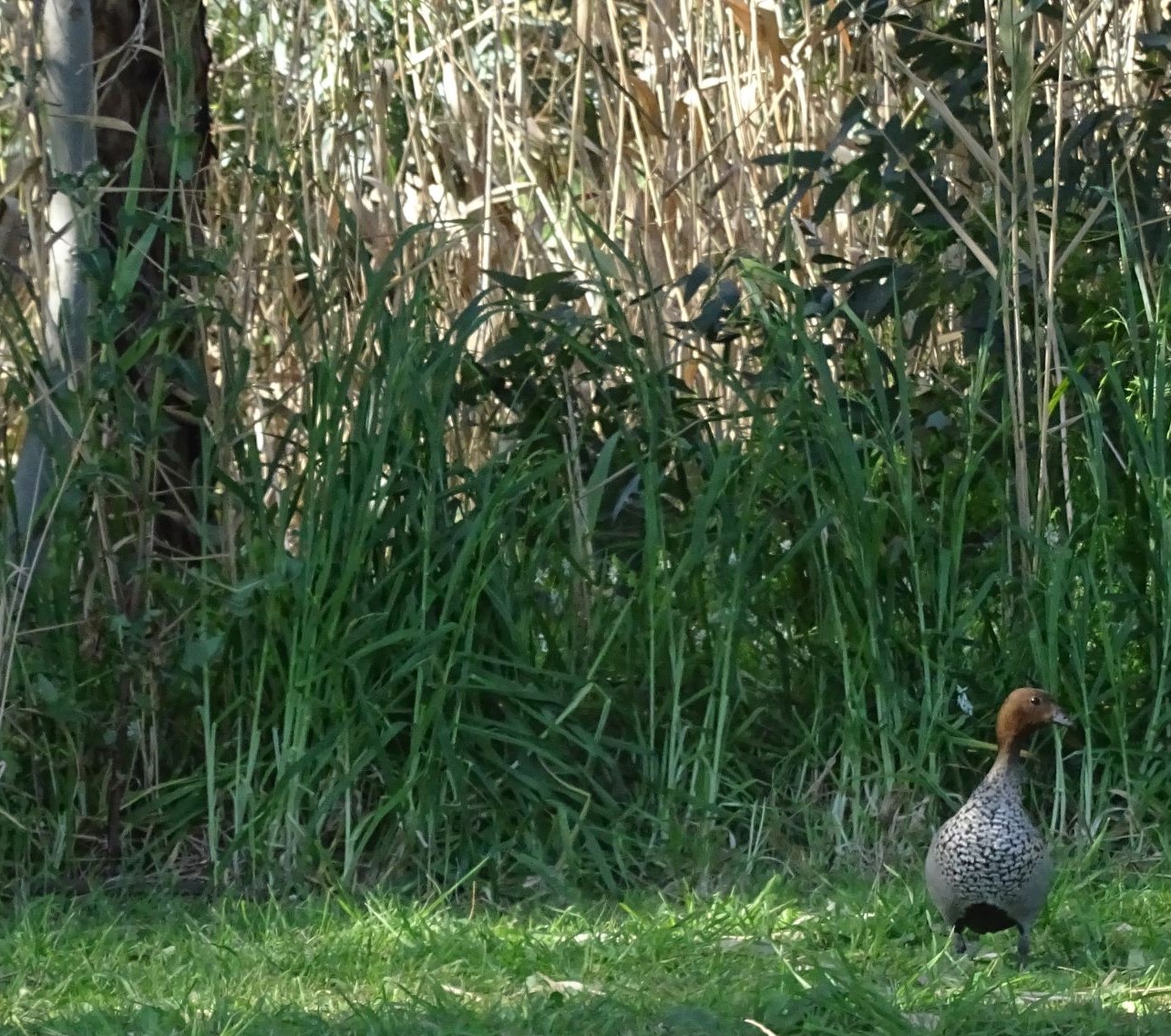
Nature here has been incredibly beautiful and bountiful and no produce is wasted. Baking, smoking, pickling, preserving and fermenting have been an integral part of people’s everyday lives. It has encouraged passionate artisans to branch out into making pastry, bread, olive oil and cheese.

Victoria McClurg discovered the natural association between cheese and wine while studying winemaking and launched the Barossa Valley Cheese Company in 2003. It offers a varied range of cow and goat milk cheeses, including its award winning washed rind cheeses, encouraging visitors to explore their tastebuds.
It has been pure indulgence and I am spoilt for choice.
Continue reading on National Geographic Traveller India November 2014 issue: Neena Bhandari – NGT Adelaide Barossa and Khaleej Times
© Copyright Neena Bhandari. All rights reserved. Republication, copying or using information from neenabhandari.com content is expressly prohibited without the permission of the writer and the media outlet syndicating or publishing the article.

